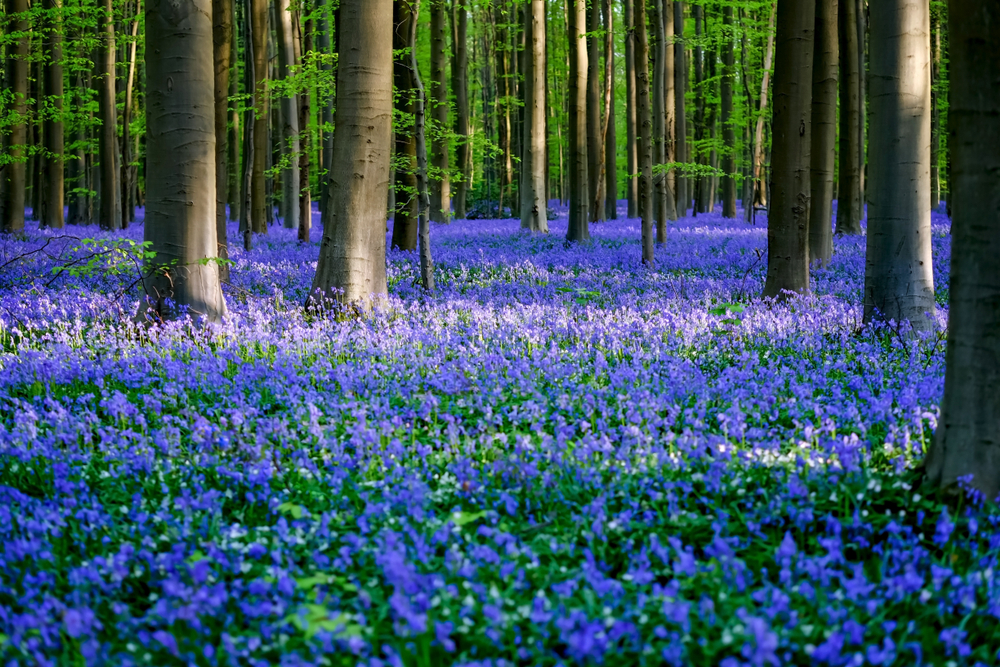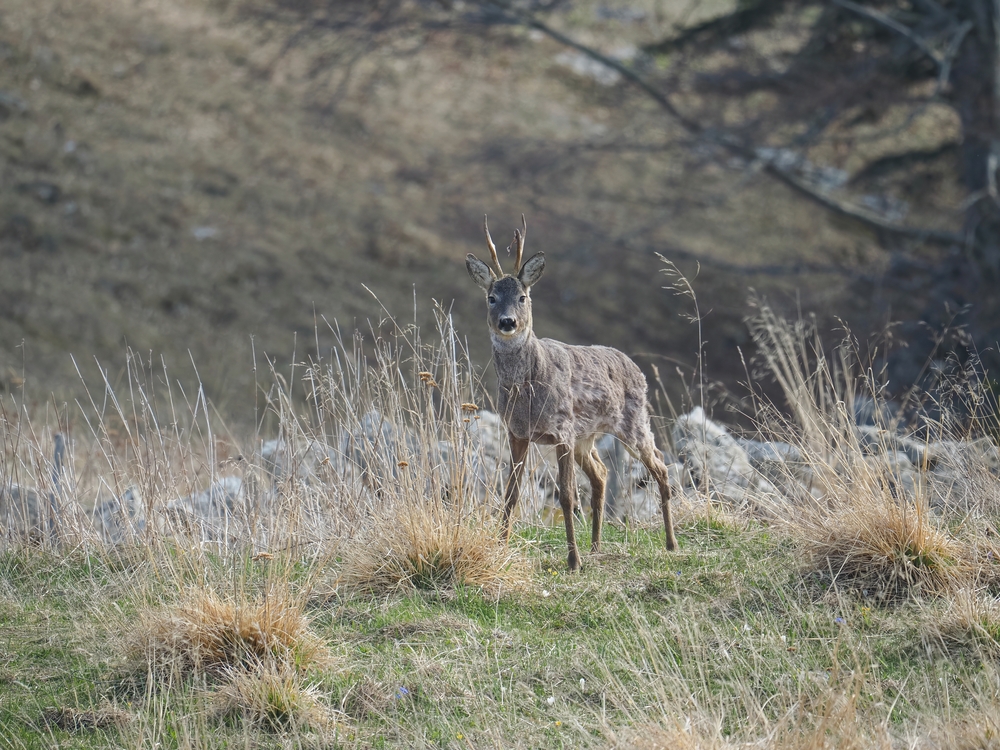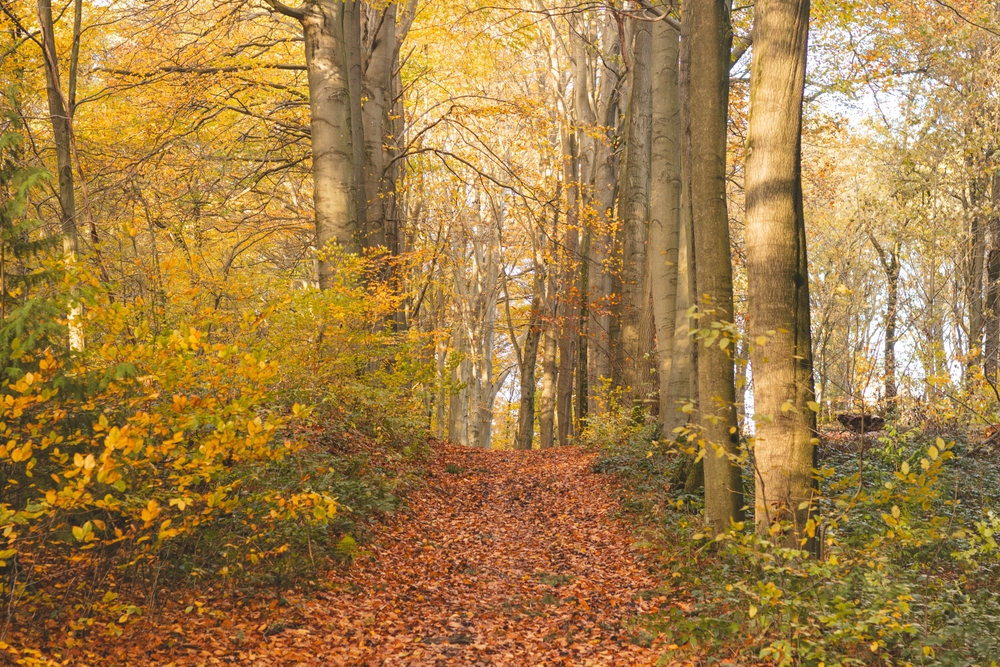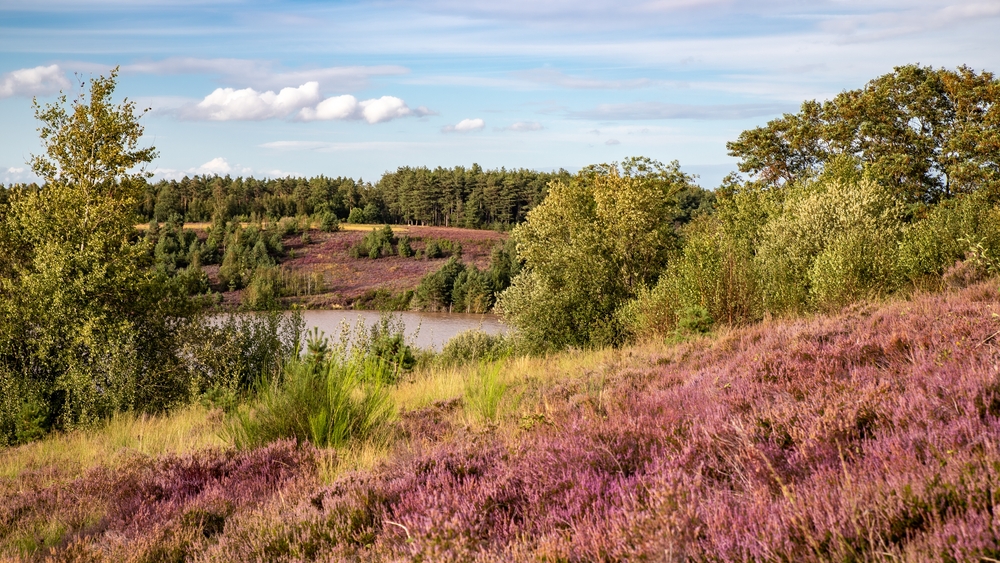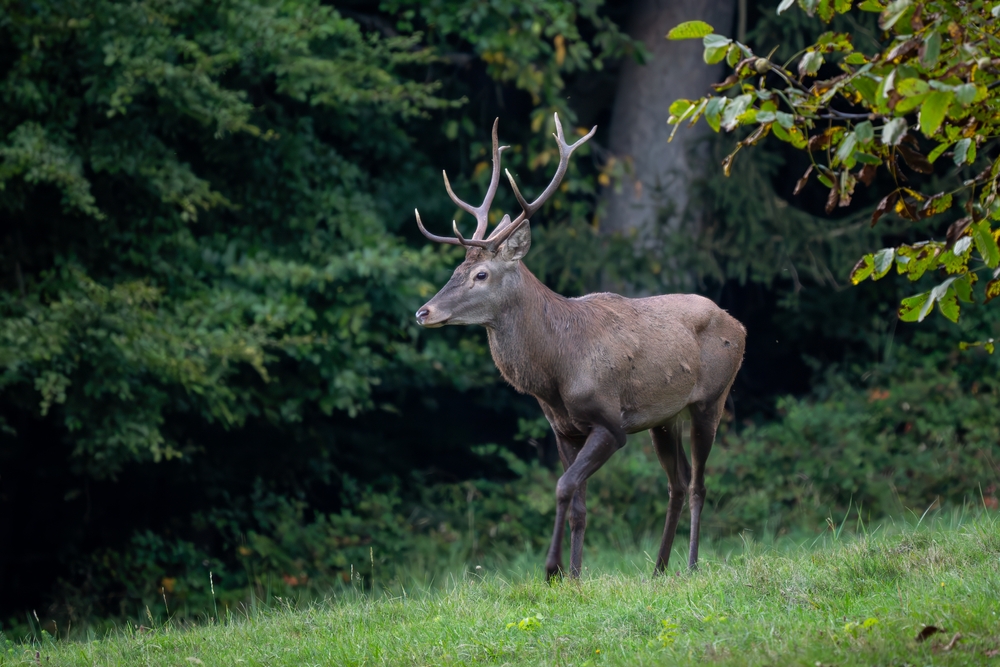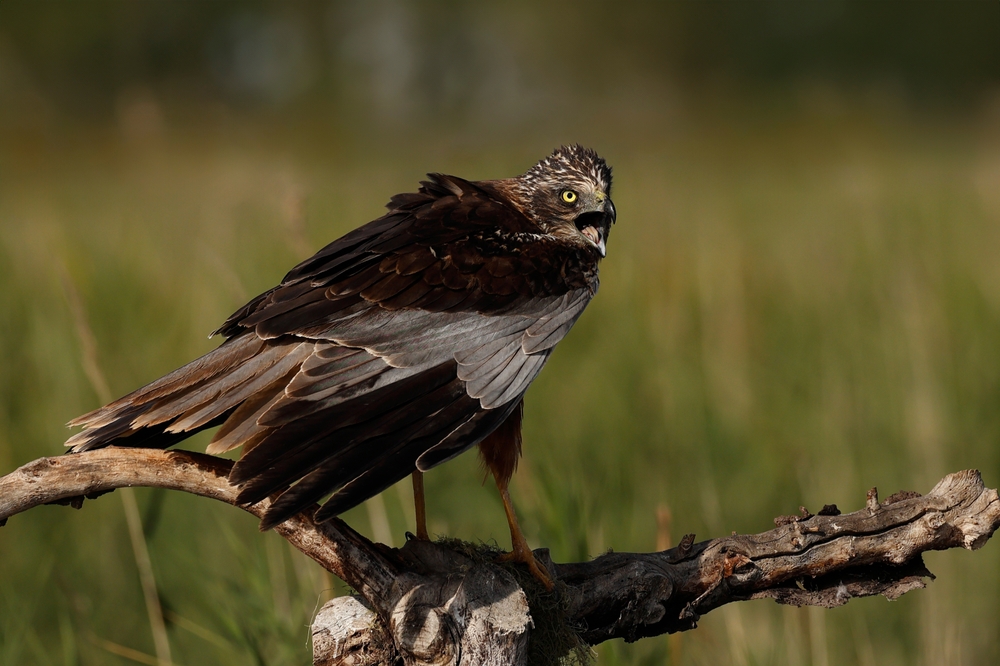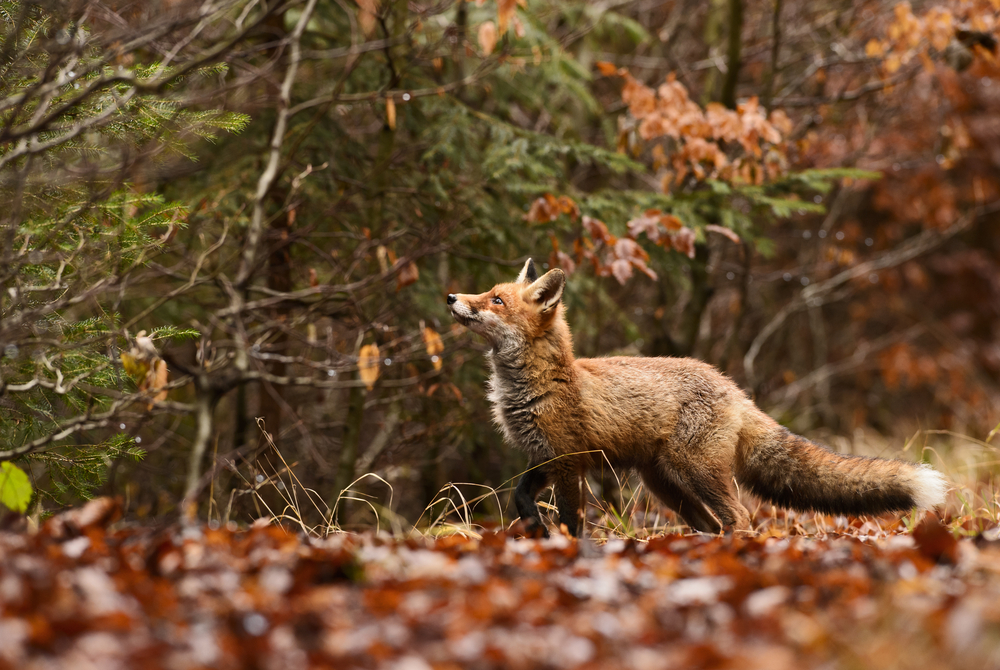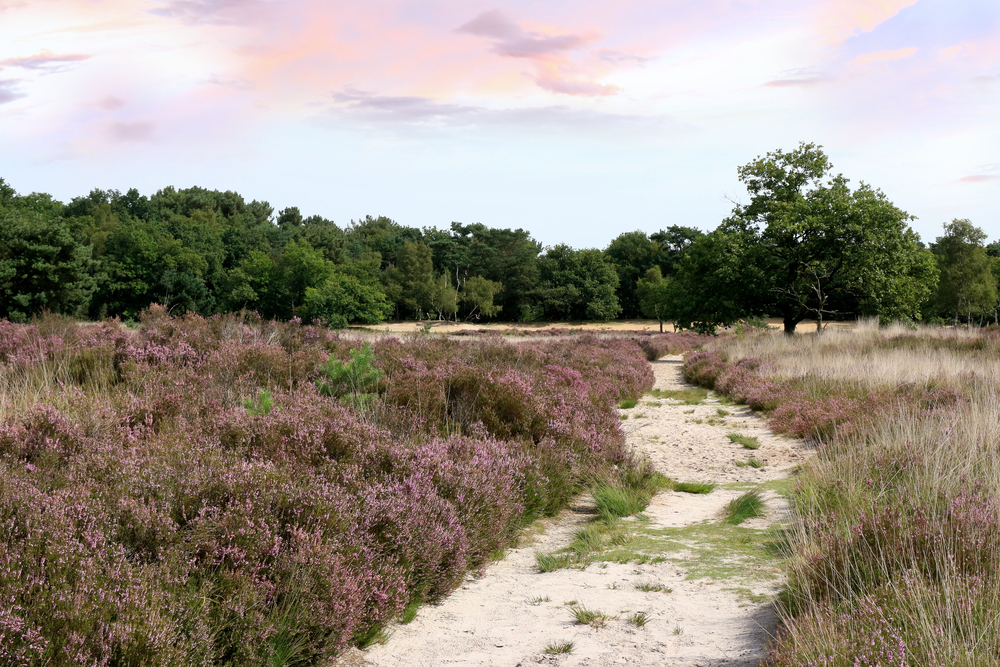Belgium, a small yet captivating country in Western Europe, may not be as renowned for its national parks as some other nations, but it still boasts a handful of beautiful and ecologically diverse areas officially designated as national parks. The country has seven national parks, located in the Flemish region and surrounding area, offering a mix of scenic beauty, cultural heritage, and ecological significance.
One of the most famous is Hoge Kempen National Park, Belgium’s first national park, established in 2006. Spanning over 12,000 hectares, this park features an exceptional mix of heathlands, pine forests, and wetlands, making it a haven for biodiversity. It is home to numerous plant and animal species, including rare orchids, butterflies, and birds like the European nightjar. The park’s landscape is also dotted with sandy plains and small lakes, providing picturesque trails for hiking, cycling, and horseback riding. Hoge Kempen’s network of more than 200 kilometers of trails attracts outdoor enthusiasts year-round, while its Stargazing Route, one of Belgium’s darkest areas, offers a magical experience for astronomy lovers.
Zoom-Kalmthoutse Heide National Park, located on the border between Belgium and the Netherlands, is another jewel in Belgium’s natural heritage. Covering about 60 square kilometers, this park is characterized by vast heathlands, forested areas, and sandy dunes. Its cross-border nature adds to its uniqueness, with conservation efforts coordinated between the two countries. Visitors can explore its extensive trail network while observing wildlife such as roe deer, foxes, and a variety of bird species, including woodlarks and skylarks. The seasonal changes in the park are particularly striking, with blooming heather painting the landscape purple in late summer.
The two newest national parks include Bosland National Park and Scheldevallei National Park. Bosland National Park: Recognized as a national park in 2023, Bosland is the largest forested area in Flanders, encompassing over 6,500 hectares across Hechtel-Eksel, Lommel, and Pelt. It boasts diverse landscapes, including pine forests, heathlands, and inland dunes. The park is renowned for its unique “Cycling through the Trees” experience, where visitors can bike along an elevated circular path rising 10 meters above the ground, offering a novel perspective of the forest canopy.
Scheldevallei National Park: Established in 2023, this park stretches between Ghent and Antwerp, encompassing the dynamic tidal landscapes of the Scheldt River and its tributaries. The area is characterized by wetlands, floodplains, and tidal marshes, supporting a rich biodiversity.
The park’s unique tidal nature, with saline, brackish, and freshwater zones extending deep inland, is unparalleled in Europe, making it a vital habitat for various bird species and aquatic life.
Belgium’s national parks face significant conservation challenges, largely due to their relatively small size and the pressures of urbanization. Encroaching development, habitat fragmentation, and pollution pose ongoing threats to these fragile ecosystems. However, there have been noteworthy conservation successes as well.
Both Hoge Kempen and Zoom-Kalmthoutse Heide benefit from strong management programs, community involvement, and cross-border cooperation, particularly in protecting endangered species and restoring degraded habitats. Efforts to rewild parts of these parks and improve connectivity between habitats are showing promising results.
While Belgium’s national parks are limited in number, their beauty, ecological diversity, and accessibility make them treasures worth exploring. They offer an escape into nature, a chance to learn about the region’s rich biodiversity, and a glimpse into the country’s commitment to preserving its natural heritage for future generations.
Scroll for a list of Belgium national parks








































































